It was a beautiful sunny day with streaky clouds and a blue sky, kind of perfect to get my gear out. Mani was taking her JLPT examination so I dropped her off at Christchurch College and took a public bus to Lal Bagh Botanical Gardens.
Lal Bagh is one of the major attractions “within” the city of Bangalore. Spread over almost 250 acres of landscaped terrain, this beautiful garden was laid out in 1760 CE by the famous Mysore ruler, Hyder Ali. The admission tickets are cheap. You also take a guided tour on an eco-friendly buggy, or like me, just stroll around at your own pace.
Initially designed as a 40-acre garden, it boasted plants imported from places like Delhi, and Multan. Because of the gardens many roses and other red flowers, Hyder Ali named it “Lal Bagh” or “Red Garden.” Tippu Sultan, his son, further enriched the garden by introducing seeds and plants from countries such as Afghanistan, Persia, Turkey, and Mauritius. In particular, it was during his time that the pines and oaks from South Africa were introduced into the garden. Thereafter it passed into the care of the British, who added their own touch to the beautiful garden.
The effort put in over the centuries has an immediate effect. Right after buying my admission ticket at the counter outside the gate, I found myself walking through a tunnel of sorts, created by overlaying branches of Bougainvillea. Depending on the season you will see it laden with flowers or just dried branches. Whatever be the case, you will find it enthralling going through this long tunnel.
Lal Bagh Hillock
Once you exit the Bougainvillea tunnel, you will find yourself in front of a granite hillock. Signage placed at the base of the hill declares this rock formation as a “National Geological Monument.”
The hillock was formed by a process known as Peninsular Gneiss – a geological term for a complex mixture of granite rocks extensively developed in peninsular India. The Peninsular Gneiss is among the oldest of rocks on the Earth dating back to 3 billion years. The antiquity of these rocks has attracted geologists from all over the world.
The hill is easy to climb and is also a good starting point. Take a breather at the top and plan a path to your liking as you can view the whole area from here.
This hillock is said to be one of the oldest rock formations on earth, dating back to some 3 billion years!
At the top of the hill, there is a small tower called the Kempe Gowda Tower. This tower is connected to the origins of the city of Bangalore. The oldest inscription found in present-day Bengaluru is the Hebbala-Kittayya inscription, dating back to 750 AD (Pic 1). This inscription, from the Ganga dynasty in Karnataka, references the reign of Sripurusha. Written in early Kannada script, it honors Kittayya, who was martyred while defending his land in a battle during Sripurusha’s rule. The Gangas initially ruled Gangavadi from Kolar beginning in 350 CE, later moving their capital to Talakadu.
The earliest recorded mention of the name Bengaluru, albeit as ‘Benguluru,’ dates back to a 9th-century AD inscription found in Beguru (Pic). Written in Halegannada (ancient Kannada), it references ‘Bengaluru Kadana’ (the Battle of Bengaluru). This inscription, discovered near Beguru, indicates that the area was part of the Ganga Kingdom, which ruled Gangavadi until 1024 AD. At that time, the city was referred to as ‘Benga-val-oru,’ meaning the City of Guards in ancient Kannada.
Bangalore came into significance in 1537 CE, when Kempe Gowda laid the foundation of the city by building a mud fort. The fort occupants consisted of people of different vocations.
Kempe Gowda established four cardinal towers or mandapas defining limits to the “city.” This Kempe Gowda Tower is supposed to be the southern end of the city. I need to point out that currently, Bengaluru has very much outgrown these boundaries and the tower is now more of within the heart of the city. After Kempe Gowda, Bangalore changed many hands – from the Marathas to the Mughals, followed by Hyder Ali and then his son Tippu Sultan and finally, the British Empire. They have all left their imprints on Bangalore and in turn Lalbagh.
From the hilltop, I started walking towards the south. Lalbagh’s rock is a favorite sit-spot for many visitors. Several Bhutta (roasted corn) and peanut vendors hang around Kempe Gowda’s Mandapa. A decade ago, the Mandapa was not fenced, visitors were able to sit inside the historic monument.
Surrounded by lush grass you can find some lovely pink Tabebuia trees over here. I will try my best to give brief information about these trees as I move through the garden.
Tabebuia avellanedae
Common Name: Pink Tabebuia
Origin: Paraguay & Argentina
A Tabebuia tree is a medium to small flowering tree that is native to the West Indies and South and Central America. This South American import is colloquially known as the ‘pink trumpet‘ or ‘pink lapacho‘ trees and can get up to 49 m tall. Although the gold blooms are most common, the garden features more of the pink variety.
It was the first time I saw the pink Tabebuia in full bloom. I felt rejuvenated in a way I had not in a very long time. Looking at hundreds of those pink trumpet-shaped flowers silhouetted against the clear blue December sky felt like a balm for both eyes and the soul.
During my on-off stays in eastern Japan, I have been blessed to have experienced the blooming of the cherry blossom during spring. An event worthy enough to dedicate an entire festival. Hanami as it is referred to is the Japanese custom of mindfully observing and appreciating the flowers and their transient beauty.
What makes this bloom even more magical is that the trees lose their leaves just before embracing their bright pink flowers. In its homeland South America, the inner bark of the pink trumpet tree is regarded highly for its healing qualities by the indigenous people.
Although Lalbagh dates from 1760, it reached its apogee under two Kew-trained superintendents, John Cameron from 1873 CE to 1908 and Gustav Herman Krumbeigl from 1908 to 1932, who was successively appointed as caretakers of the garden.
I came down the hillock and decided to take a left on the well-laid walker’s path that runs along the periphery of the park.
Lalbagh Lake
Further on I could see quite a few morning joggers. Apart from health enthusiasts, Lal Bagh gets anything around 6,000 to 7,000 visitors every day including quite a few foreigners. Lalbagh Lake is man-made and was earlier just a gorge. The lake project was commissioned in 1890 to provide water to the garden’s plants. There are benches all along the periphery of the lake, where one can sit and enjoy the beautiful scenery of the two islands on the lake.
The path goes through a wooded area with many trees. This path is referred to as Walk Trail 2.
After the nursery, there are some wounding paths lined with street lamps. This part of the trail is referred to as ‘Walk Trail 3.’
Parallel to this trail, beyond the short wall on the left, there is a narrow carriageway that runs along the perimeter of Lal Bagh. A signboard will tell you its name- Krumbeigel Road. Not too many of the thousands who traverse this road every day would be aware of the history behind its name. It’s not insignificant that Krumbeigel Road adjoins the precinct of Lal Bagh. If there was anyone — apart from Hyder Ali and Tipu Sultan – who contributed more to making the garden what it is today, it perhaps was Krumbeigel, the botanist.
Krumbeigel was invited by Maharaj Nalvadi Krishna Raj Wodeyar to take over as director of the famed garden in 1908. Wodeyar could not have picked a better man for Krumbeigel, who saw Lal Bagh as the last word on modern botany. He wasn’t interested in beauty alone. He also explored the science of plants. It was under the leadership of German horticulturist Gustav Hermann Krumbiegel that the saplings of these trees and seeds were imported from Indonesia by the Mysore Horticultural Society.
Even to this day, Lalbagh has the best possible collection of hibiscus and bougainvillea. It was Krumbeigel who brought the concept of a nursery to Lal Bagh. From a mere ornamental garden, Lalbagh was transformed into a scientific park, thanks to Krumbeigel. It was he who began the concept of marking and naming trees by their scientific names.
You can find many photographic opportunities in this area. I loved how this creeper displayed the tiny leaves.
I took some other macro shots. I don’t know the name of this flower. Let us just refer to it as the white hairy flower 🙂
This purple-white budding flower looked beautiful.
After going a full circle, I found myself near the Rose Garden. The wind picked up and I was able to take some very nice shots here. It took me around 2 hours to go a full circle of the lake. If you are just out for a quick walk it will take a lot less.
Here I found some Ixora shrubs. Ixora is native to Asia and its name derives from the word ‘Ishvara‘, a name variously meaning God in India. It is a branched shrub, up to 1 m tall and the leaves are mostly stalkless. Flowers are borne at branch-ends, in dense corymb-like cymes, flower-cluster-stalk very short or absent; bracts about 8 mm long.
Ixora
Common Name: Flame of the woods / Jungle geranium
Hindi Name: Rukmini
Origin: Southern India, Bangladesh, and Sri Lanka
After capturing several photos of flowers I walked along the trail to reach the Hibiscus Garden. Near the Hibiscus Garden, you can find many beautiful trees including some Petrea Voluilis.
Petrea Voluilis is a vine or semi-climbing shrub with puberulent stems. As a climbing plant, it grows to a height of 12 meters, but as a shrub, it grows to 4 meters tall. It is found especially on the banks of rivers and streams, from northern Mexico to Bolivia, Brazil, and Paraguay in the Antilles and Venezuela. Depending on the climate, it can have up to two blooms in the year.
Petrea Voluilis
Common Name: Purple wreath / Queen’s wreath
Hindi Name: Nilmani Lata
Origin: Tropical America
A few meters ahead, you can find one of the oldest trees on the grounds. This is a kapok tree (Ceiba pentandra) also known as White Silk Cotton Tree. The girth of the tree, measured at a height of 1.30 m, is around 23 m. Its height is around 26 m (Jun 2, 2012, Measurement on a photo, Cesare). This tree was planted around the year 1800, which makes it at least around 200 years old.
Ceiba pentandra
Common Name: Kapok, Ceiba, White Silk-Cotton Tree
Hindi Name: Safed semal
Origin: Mexico, Central America, and the Caribbean
There are about 15 silk cotton trees spread around the garden. Two of them are near the West gate, half a dozen near Siddapur gate, and the remaining around the Glasshouse. White silk-cotton sticks obtained from fruits will be used for making pillows and beds. The wood is very light; hence, it is used to make match sticks and packing cases. Thick roots form hollow spaces large enough for an adult human to hide.
Near the Topiary garden, you will find this Bandstand.
Band Stand
The bandstand is a circular wooden structure with an artistically elevated roof supported by wooden pillars, which are fixed to a granite platform. Located almost in the center of the garden; it is surrounded by lush green lawns encircled by parapet walls. The garden around the bandstand is in the form of a terrace. A panoramic view of the Glass House towards the East and the Topiary garden towards the West can be seen from the bandstand.
Near the rest stop, there are also ample opportunities to capture some beautiful flowers.
The Jarul has erect clusters of spectacular flowers that don different shades – mauve, pink, or lilac. The tree is small to medium-sized when it grows in the city, so it is common to see it planted in parks and pathways. However, when it grows away from the city near water bodies, the tree can grow to a great size.
Lagerstromia speciosa
Common Name: Pride of India / Queen Crepe Myrtle
Hindi Name: Jarul
Origin: Tropical Southern Asia
Petals of the flowers are crinkly, like crape and the fruits are oval, woody capsules that stay on the tree for a very long time. The tree is also known by the name Pride of India and is locally called ‘Hole Dasavala‘. There are a couple of beautiful specimens in Lalbagh, on the way from the bandstand to the glasshouse.
In earlier times, the Bandstand used to be the venue for flower shows.
White-red flowers.
Tiny pink flowers.
From here it is a small walk to the fountain.
Although Hyder Ali initiated the gardens his son, Tipu Sultan, further developed and completed it. The garden has quite a few trees and plants imported from several countries. Along the path are rows of benches with Red Cedar trees on either side providing a wonderful shade on both sides.
Lalbagh Glasshouse
Along the way, one can see the Glass House, built during the British Raj, which is said to be modeled after London’s Crystal Palace. It was desolate, but it serves as a venue for Horticultural Shows twice a year on Independence Day (15th Aug) and Republic Day (26th Jan).
Of the many artistic structures in Lalbagh, the Glass House is the most famous one. It is a magnificent structure modeled on the design of the Crystal Palace of England. John Cameron, the then Superintendent of Lalbagh Gardens conceived the idea. This impressive iron and glass glasshouse was designed, manufactured, and shipped to India by Walter Macfarlane and Company of Glasgow, Scotland. It was erected in 1890 partly to accommodate the spectacular flower show that had become a key feature of the garden’s annual calendar. The annual age-old tradition is continued to this day with the flower show organized every year on Republic Day and Independence Day.
In the beginning, this structure was called the “Albert Victor Conservatory” and was intended for acclimatizing exotic plant specimens. Now it is popularly known as the Glass House and is being used for conducting the popular biannual Flower shows. It was further extended by the Mysore Iron & Steel Company in 1935.
Walking back towards the entrance you can find some wood sculptures created using the dead trees in the garden. Every year in Bangalore strong winds during October lead to the felling of many large trees.
In 2019 many very old trees got uprooted, some of them over 200 years old. The usual practice used to be that the horticulture department that manages Lalbagh would auction or sell off the deadwood to timber merchants and wood dealers to be chopped up. This time, owing to the antiquity of some of the trees, the department decided to get artists to turn them into sculptures that would be housed in the gardens for public display.
Here lies a beautiful carving of the Buddha. In my opinion, it is a wonderful initiative to make the dead trees come to life again.
I am not posting all the carvings so you find the motivation to visit the garden yourself to see these beautiful works of art in person.
Near the statues, you can also find some more flowers bunched together in different areas of the garden.
White flowers
Right at the exit, I saw a sweet dog trying to get some shut-eye on the bench.
The botanical garden is enriched with numerous native and the exotic flora of wide-ranging diversity, by way of introduction, acclimatization, and multiplication from various parts of the world since its inception in 1760. Today, 2150 species of plants belonging to 673 genera and 140 families can be seen in Lalbagh. The collection of such diverse types of plant wealth has made Lalbagh, a veritable treasure house of plants.
The Lalbagh Botanical Garden is a lovely place to relax, unwind & be amidst nature. The Park is a big one but it’s definitely worth it. I went solo and enjoyed every bit of it. Even on a regular weekday, you can find lots of families entertaining themselves. The park contains some eateries. Outside the Lalbagh gate, stalls are selling fresh fruit juice in the morning. Battery-operated buggies are available for the elderly. The park is well-maintained and truly worth a visit.
*Updated: July 2021
Morning 9 AM to Evening 6 PM
The admission fee is Rs. 30 for adults and Rs. 10 for children.
Yes, since August 2014, there is a Camera charge of Rs.50 per camera. Mobile phones are not subject to this charge.
Disclaimer: The information presented in this article is based on the time I visited the premises. Note that there might be changes in the prices of merchandise and admission fees that might have occurred after this article was published. At times the facility might also be closed for repairs or for variety of other reasons. Kindly contact the facility or facilities mentioned in this article directly before visiting.
Usage of this site indicates acceptance of my Terms and Conditions.
Credits: The historical information presented herein is gathered mostly from local guides that were re-inforced via historical writings.
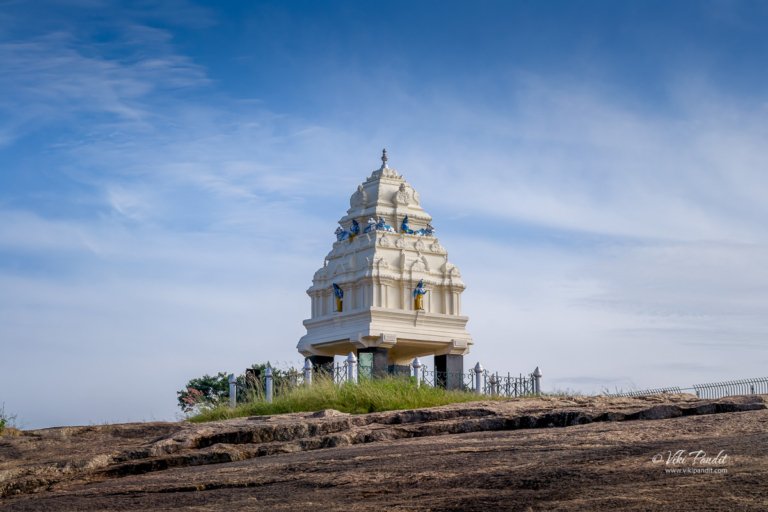
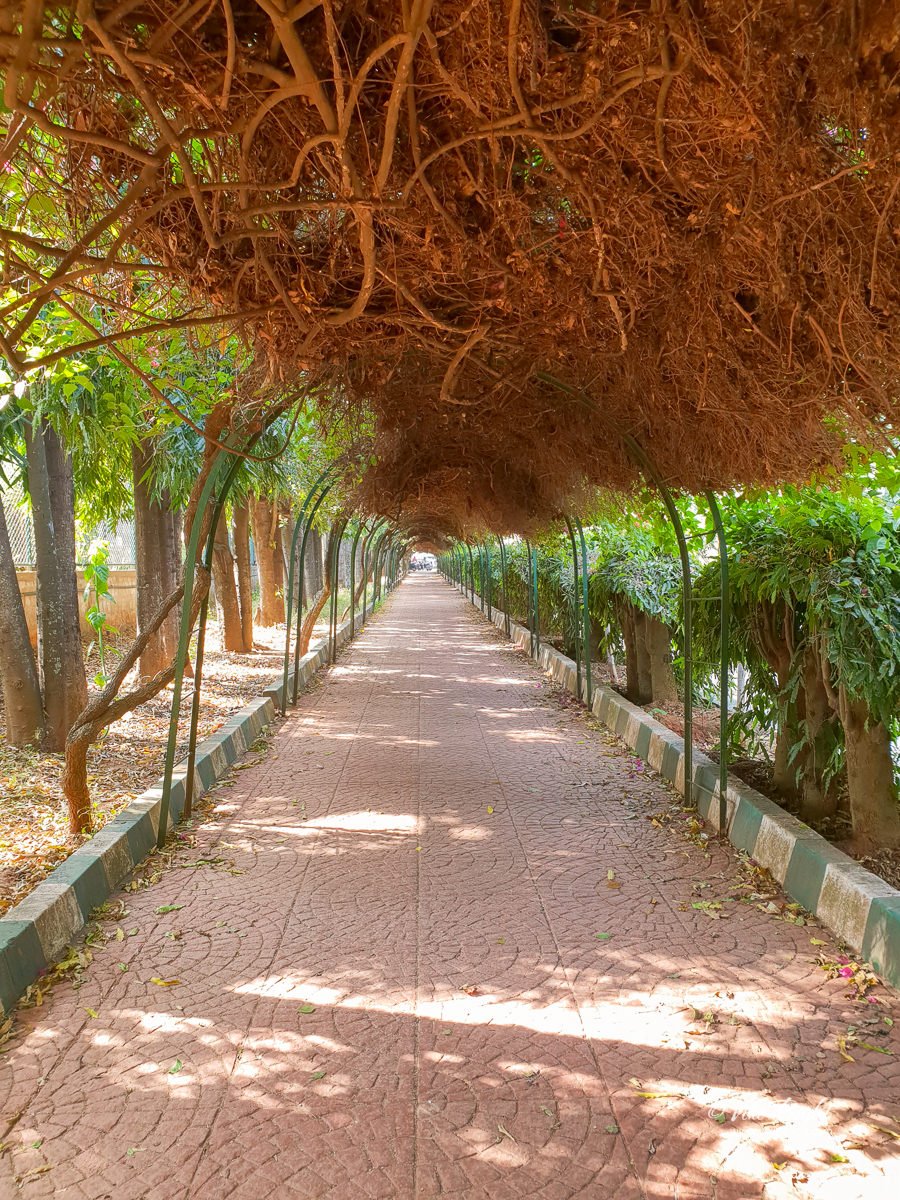


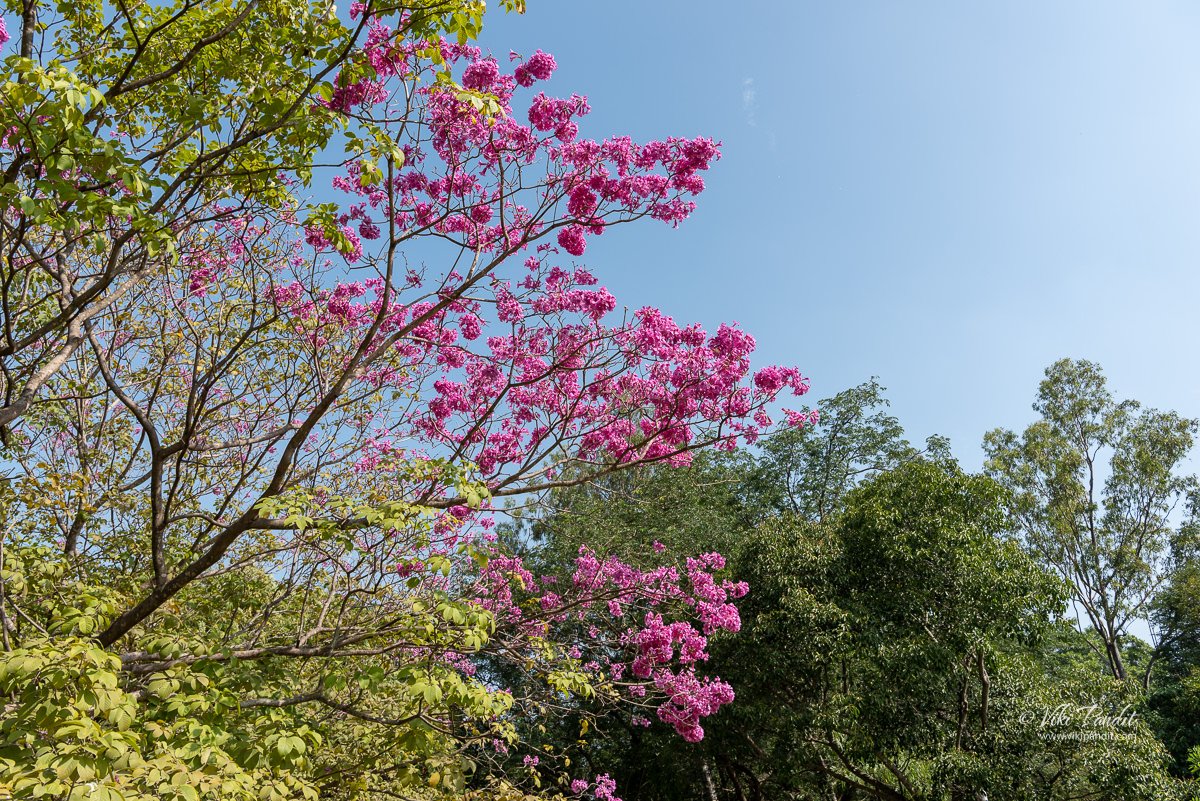
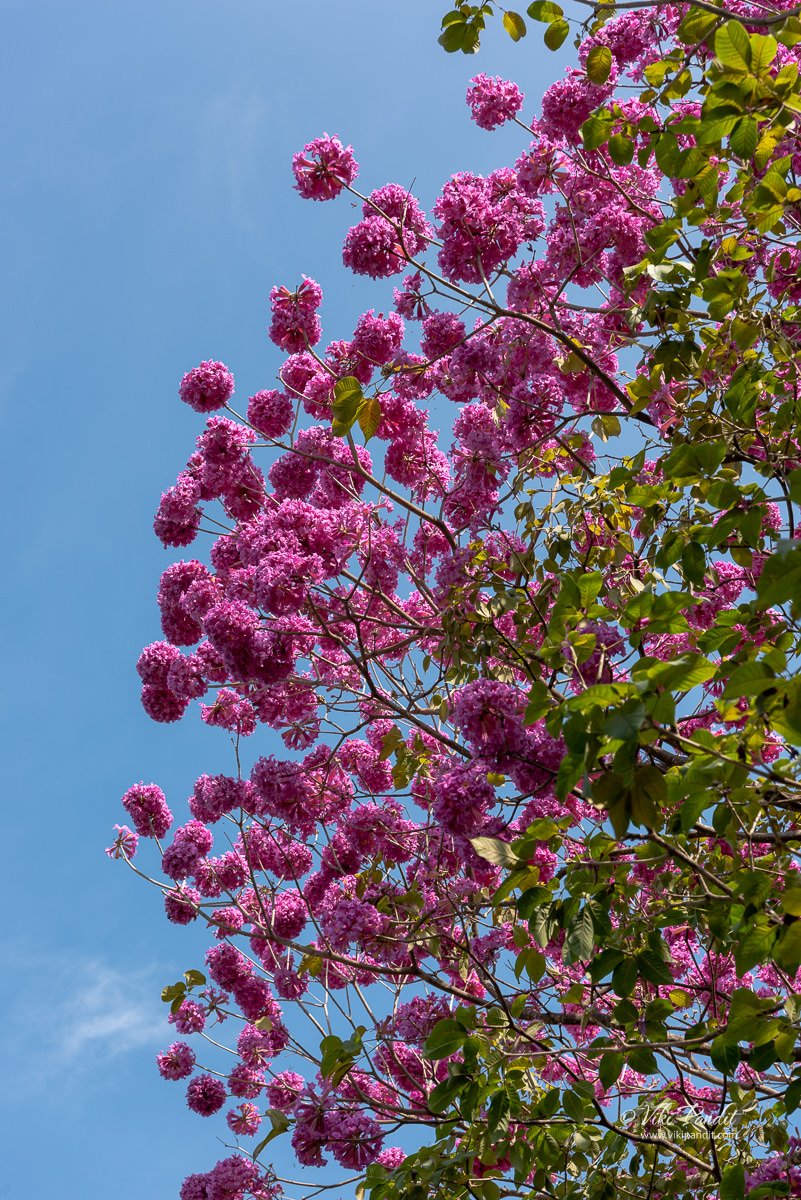


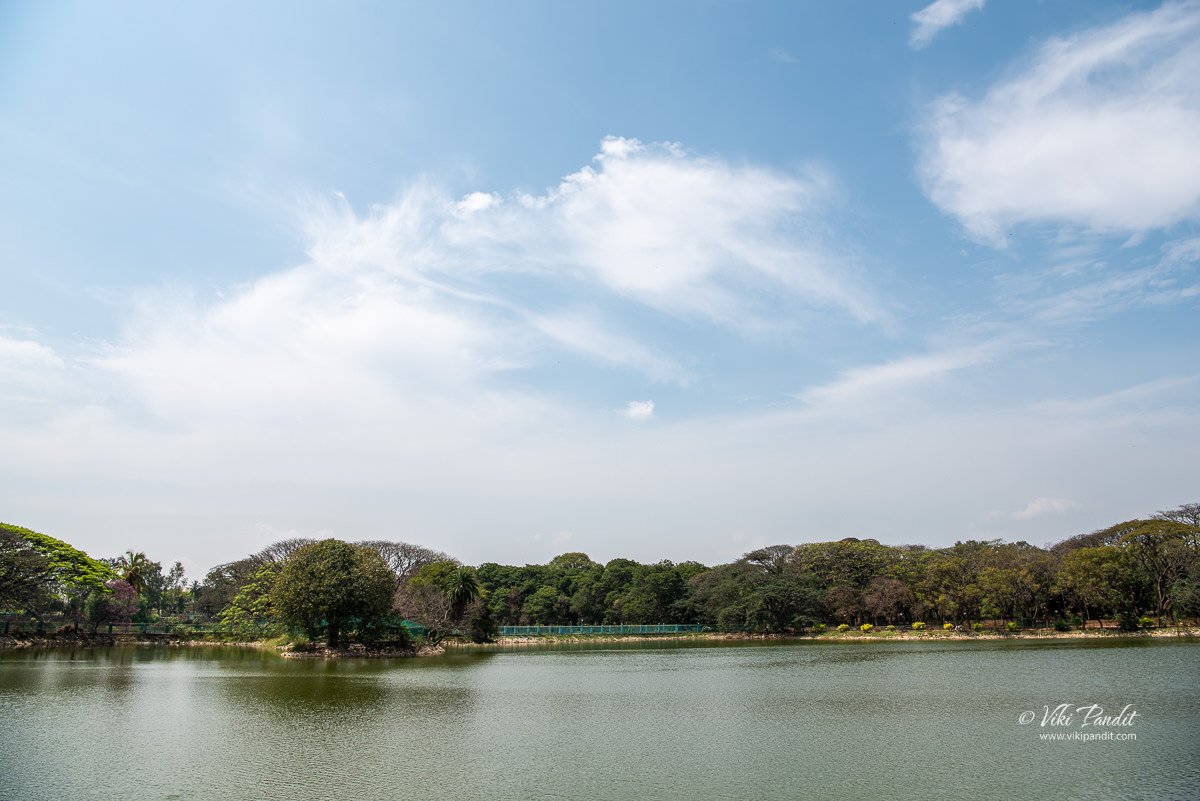


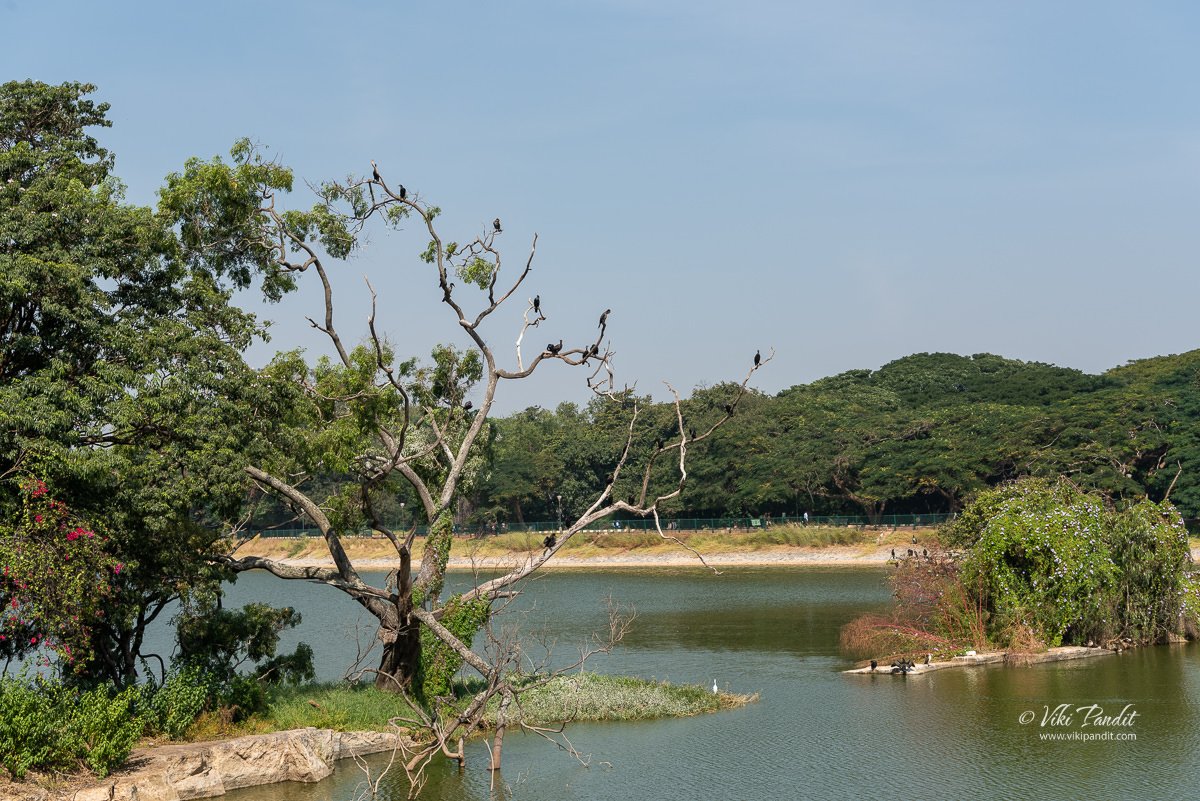
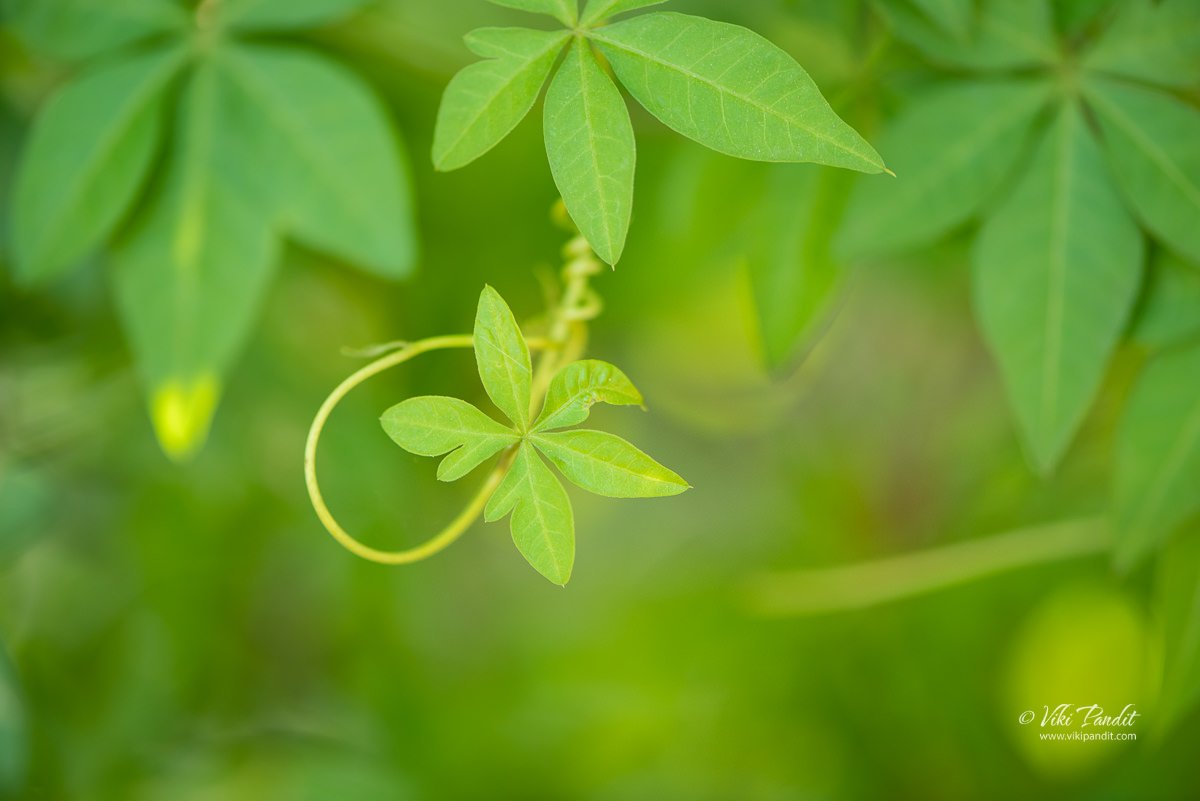


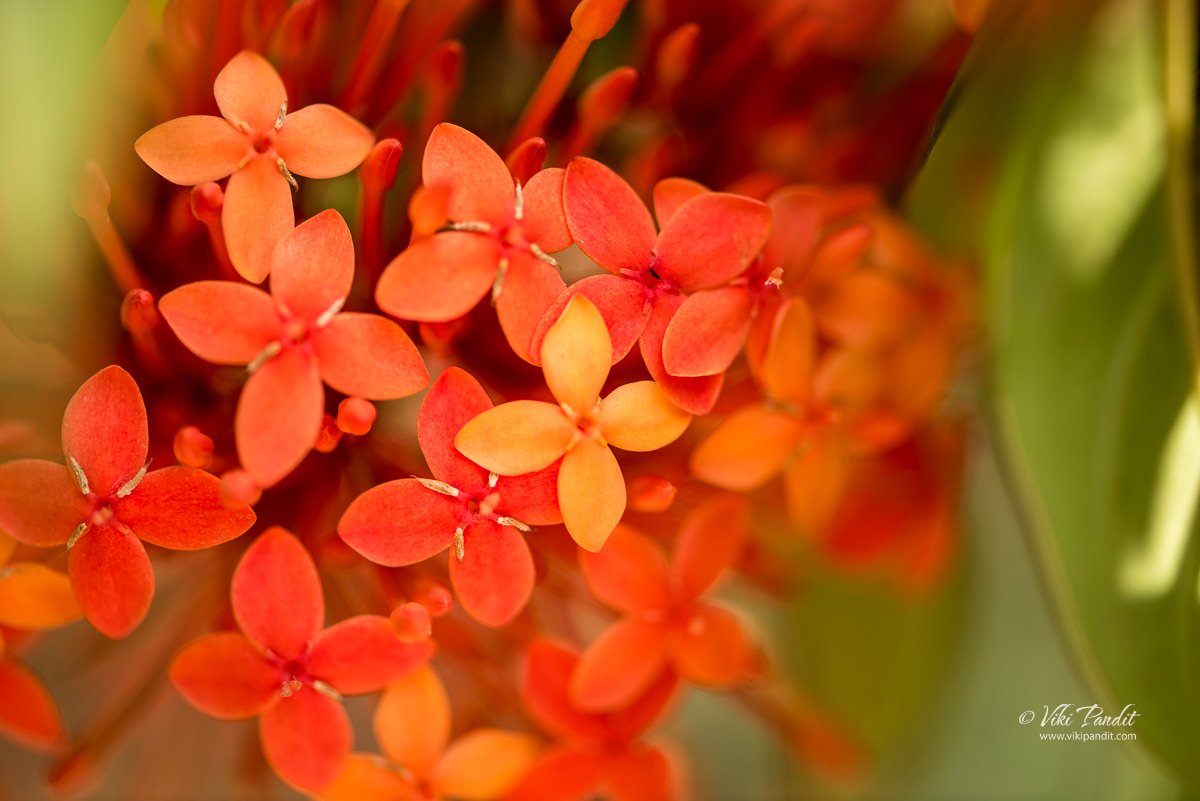

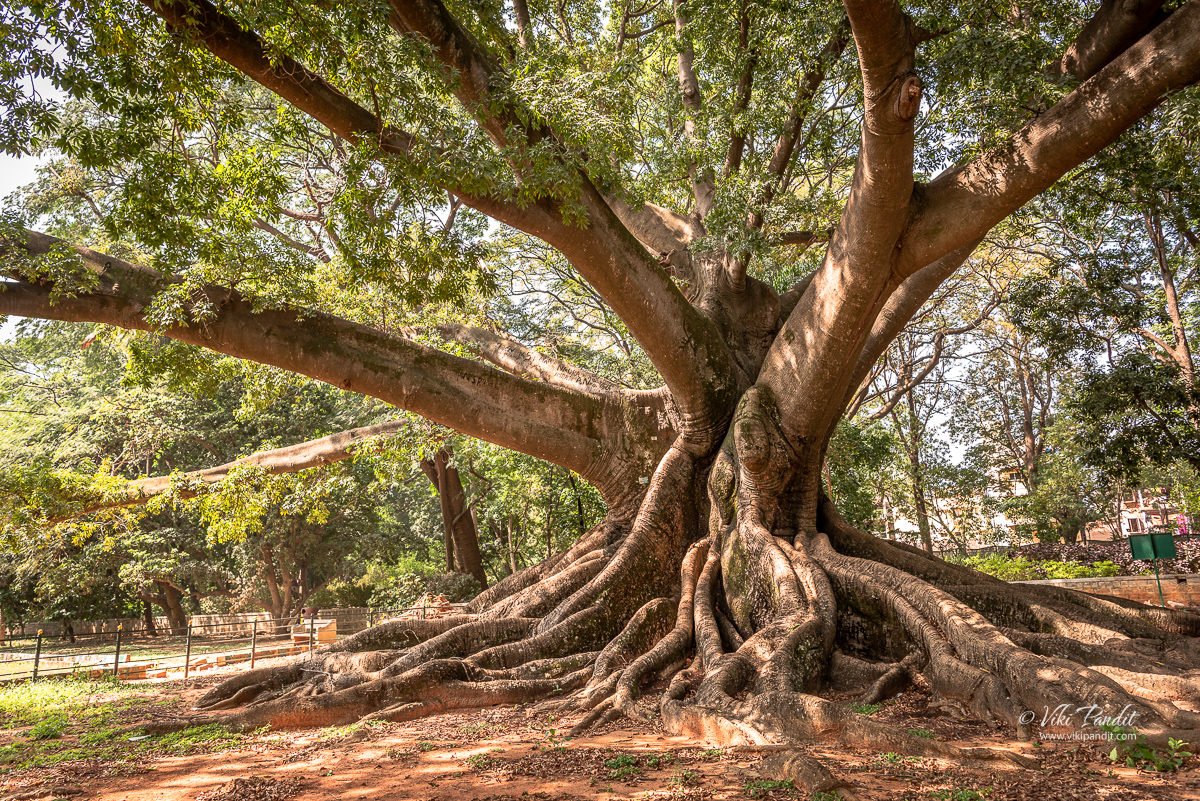


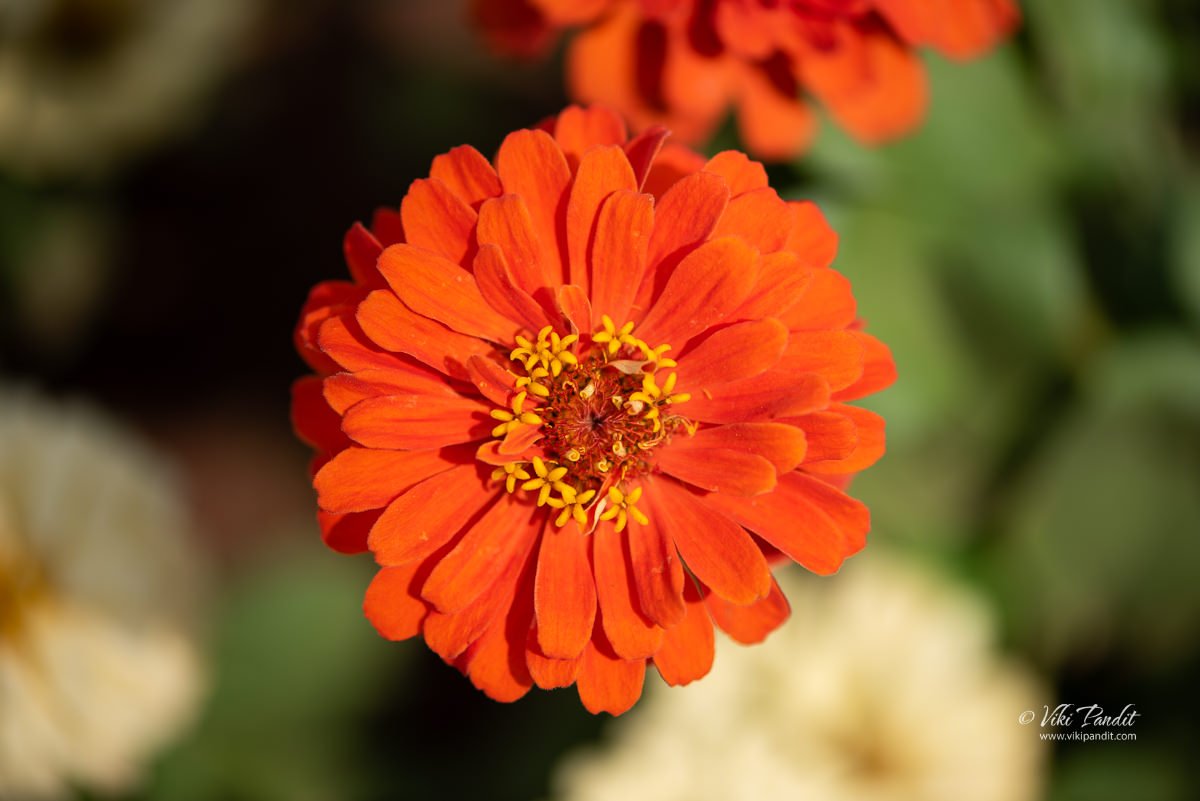
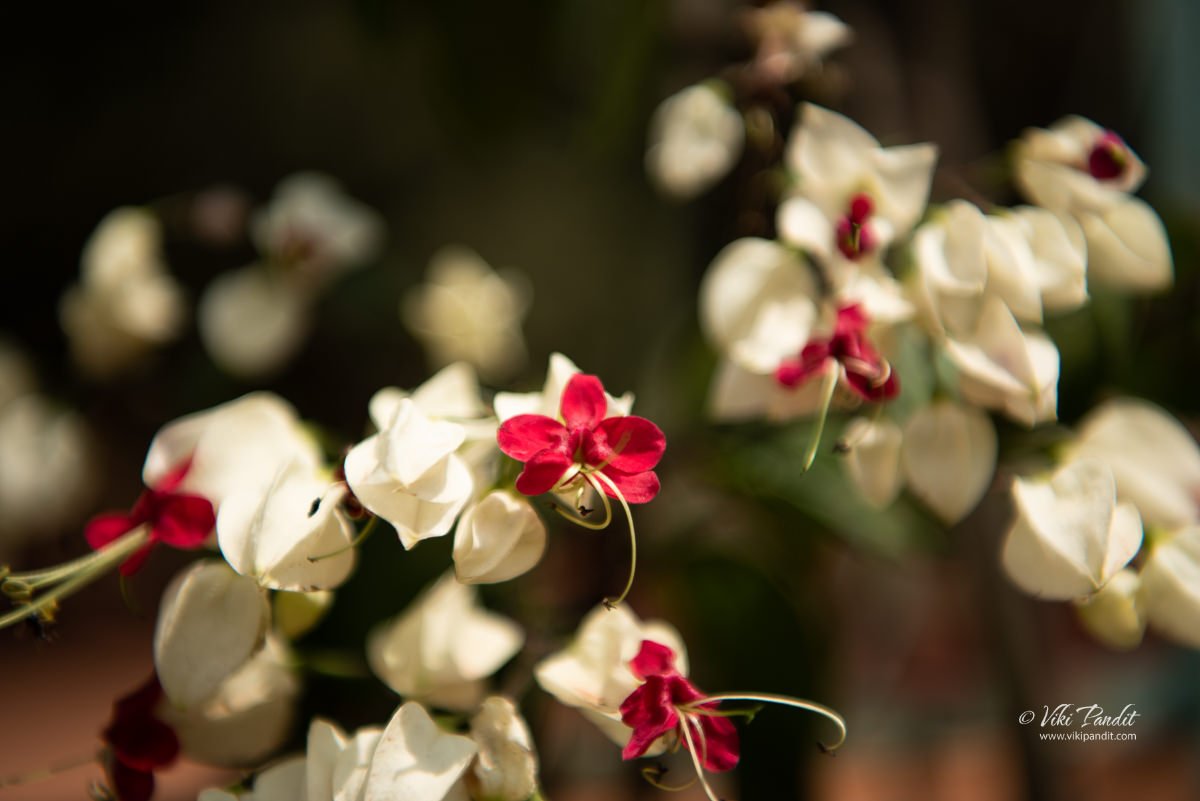
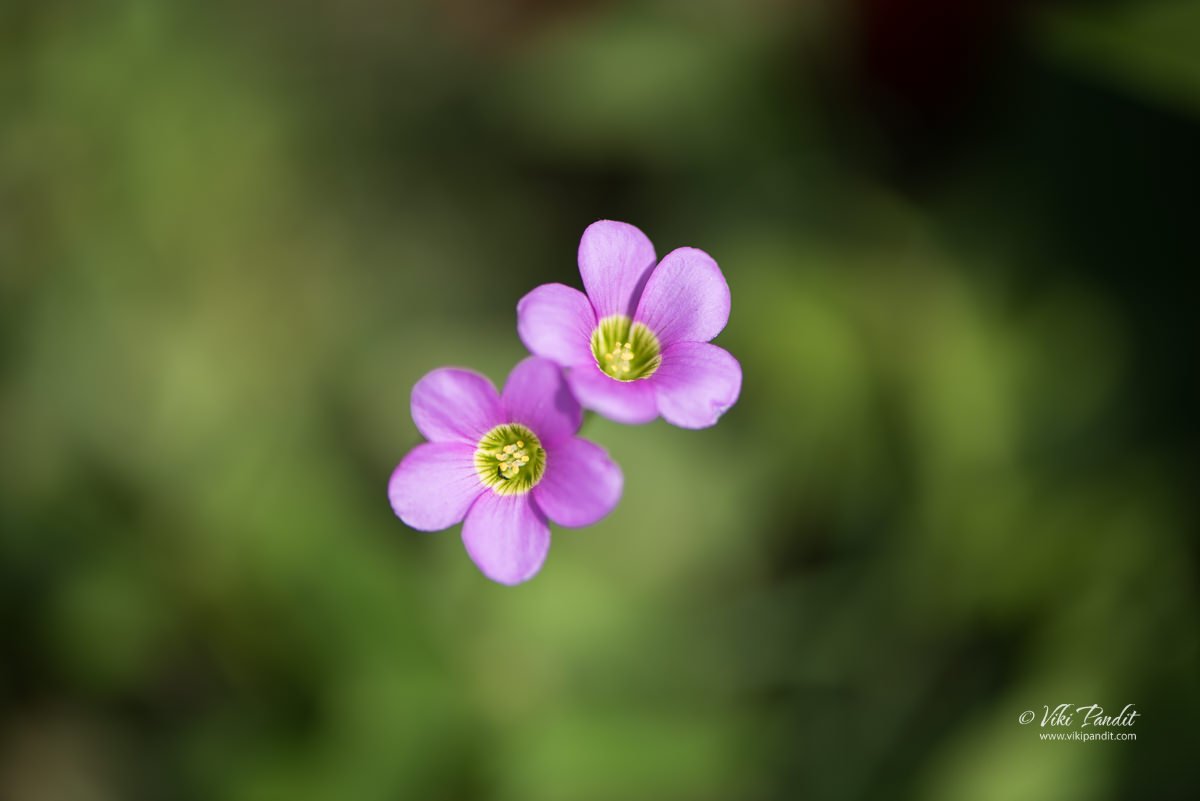



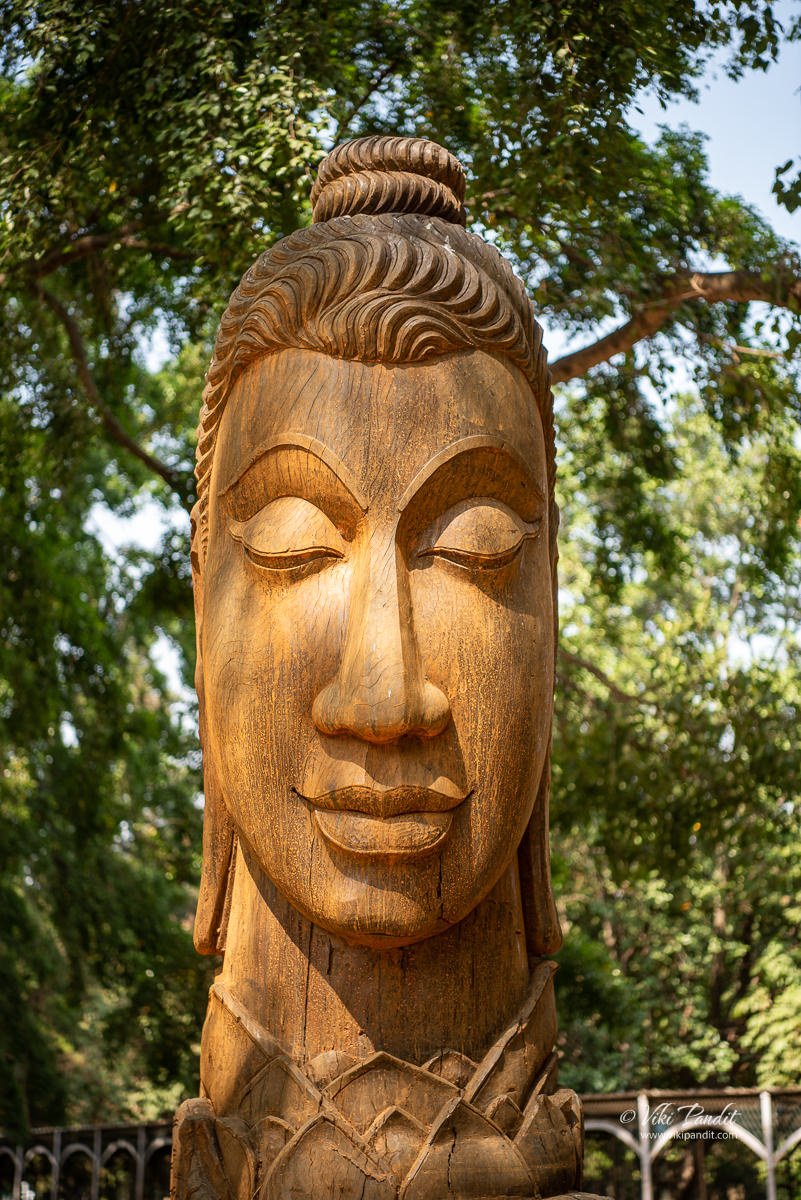


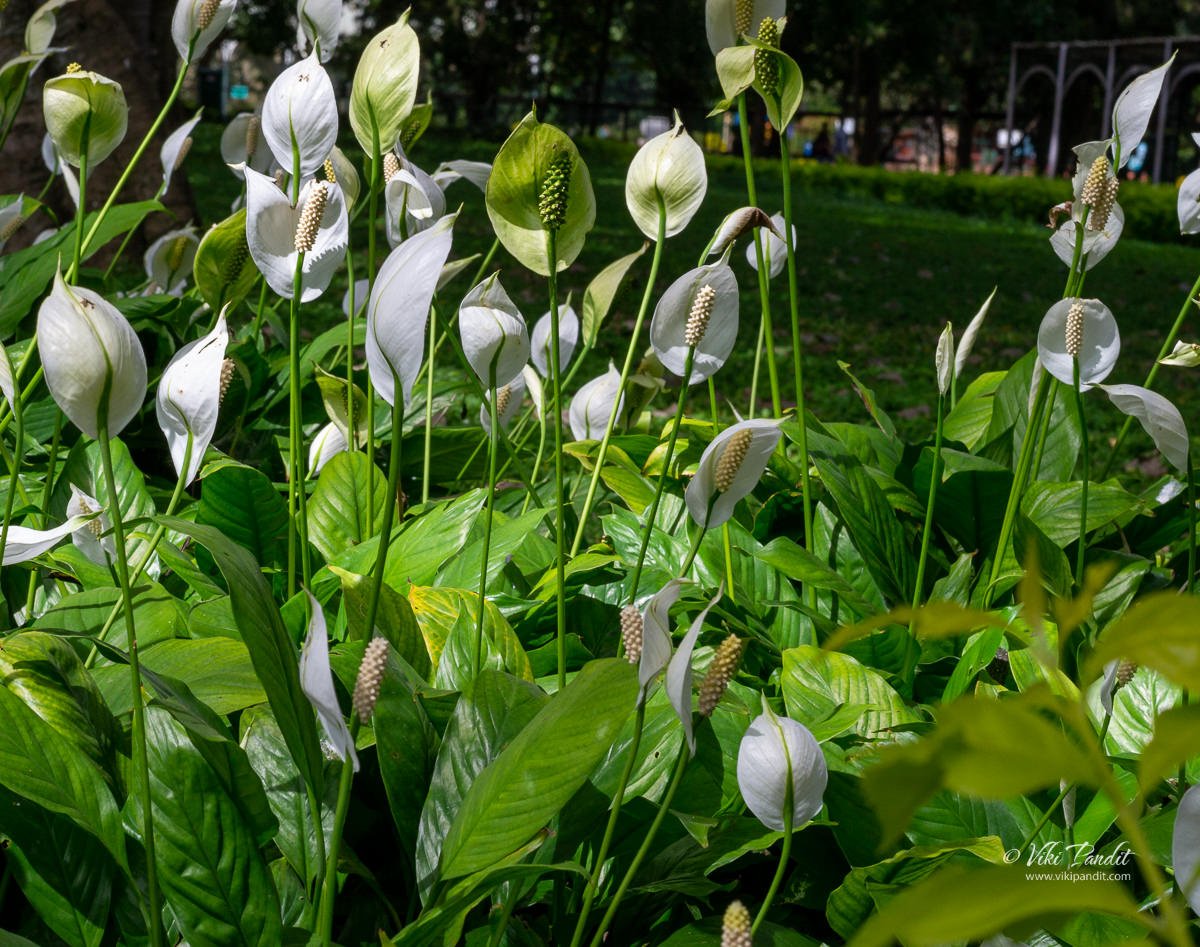

I went this march 2021. Cameras are not allowed now. Totally banned plus fine. Btw your pics are all good. Which lens do you use sir?
Hi Gladson, thanks. It is unfortunate if the authorities have banned cameras inside the premises. Lalbagh is a wonderful place to practice photography in the city. I am generally using the Nikon 24-70mm at 24mm for landscapes. For the close-up shots, I have used the Nikon 105mm macro lens.